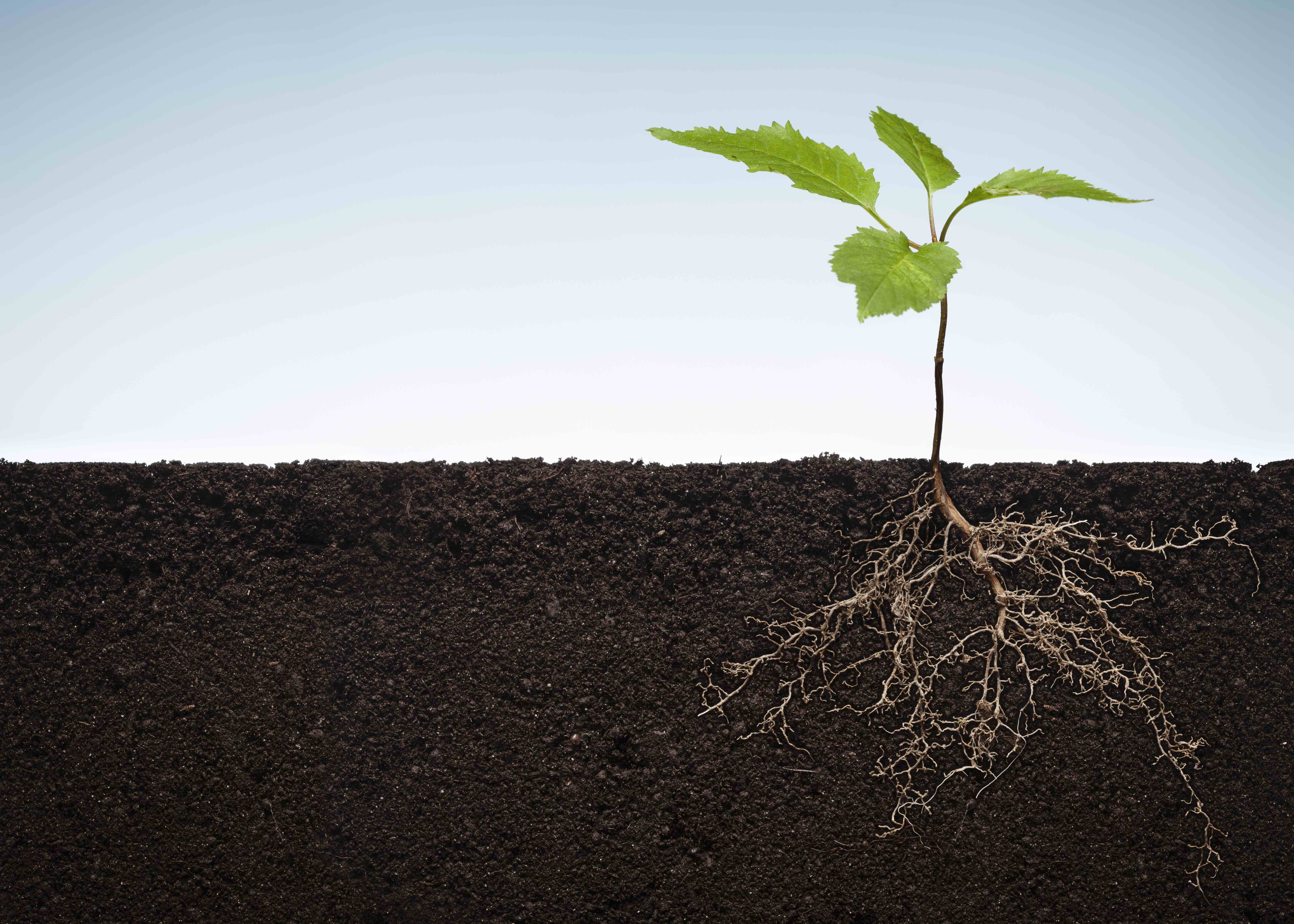
February 27, 2020, by Lexi Earl
How do plant roots branch towards water?
Plant roots need to forage for water and nutrients in the soil. These key resources are not distributed equally through the soil so plants therefore have to send their roots towards the best available sources of water and nutrients. If plants couldn’t flexibly adapt to changing conditions in their environments, they would struggle to thrive and reproduce. We know that roots preferentially branch towards water availability. But how do plants know where to send their roots?
A new paper, published in Nature Plants, helps to explain how root branching works. The research, led by Dr Daniel von Wangenheim and Prof Malcolm Bennett of the University of Nottingham School of Biosciences and the Future Food Beacon, grew Arabidopsis roots on agar plates to see how early lateral roots develop. One side of the root was exposed to the air, while the other was in contact with agar. They noticed that these new branches reoriented their growth in the direction of water, even if the new roots were initially formed on the air side. If they grew roots surrounded by water, no bias in root branch angle was observed. They concluded that the angle lateral roots grow is far more flexible than previously thought, as the plant attempts to steer root growth preferentially towards available water sources in the soil.

Prof Bennett explained, “Our work shows that plants are able to adapt flexibly to their surroundings, spreading roots in all directions but, when faced with a choice, have mechanisms that can direct new root branches towards the best available water and nutrient sources. This also means plants are able to adapt to changes in their environment, ensuring their survival, even when distribution of water and/or nutrient sources change.”
Information on roots, and how they forage for nutrients and water in the soil, is critical for future food security. Developing crops with roots able to find more reliable water sources is important given future climate scenarios which will include periods of drought. Similarly, developing crops able to forage more efficiently for nutrients is essential for making agriculture more sustainable given over 50% of nutrients like nitrate-based fertilisers are currently not taken up by crop roots.
You can watch how this occurs on this informative video!
No comments yet, fill out a comment to be the first

Leave a Reply